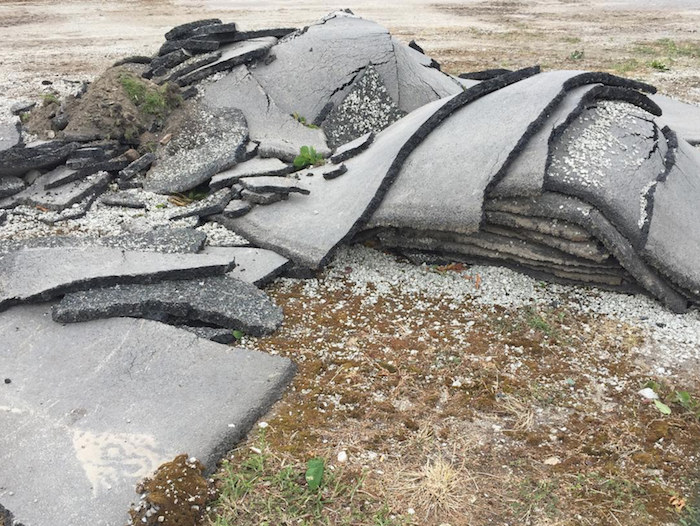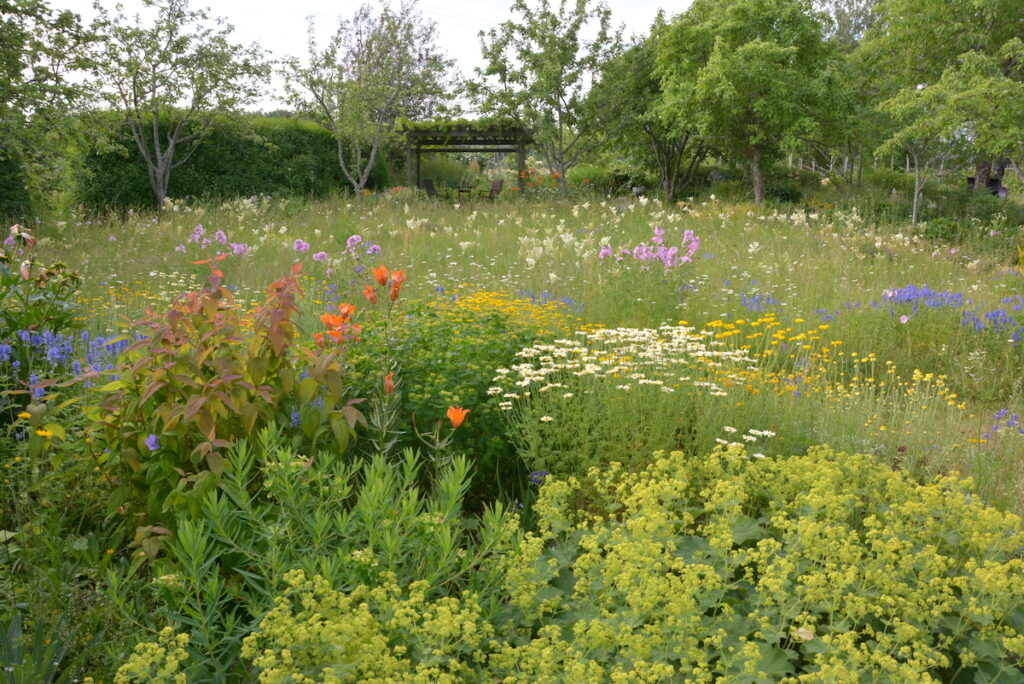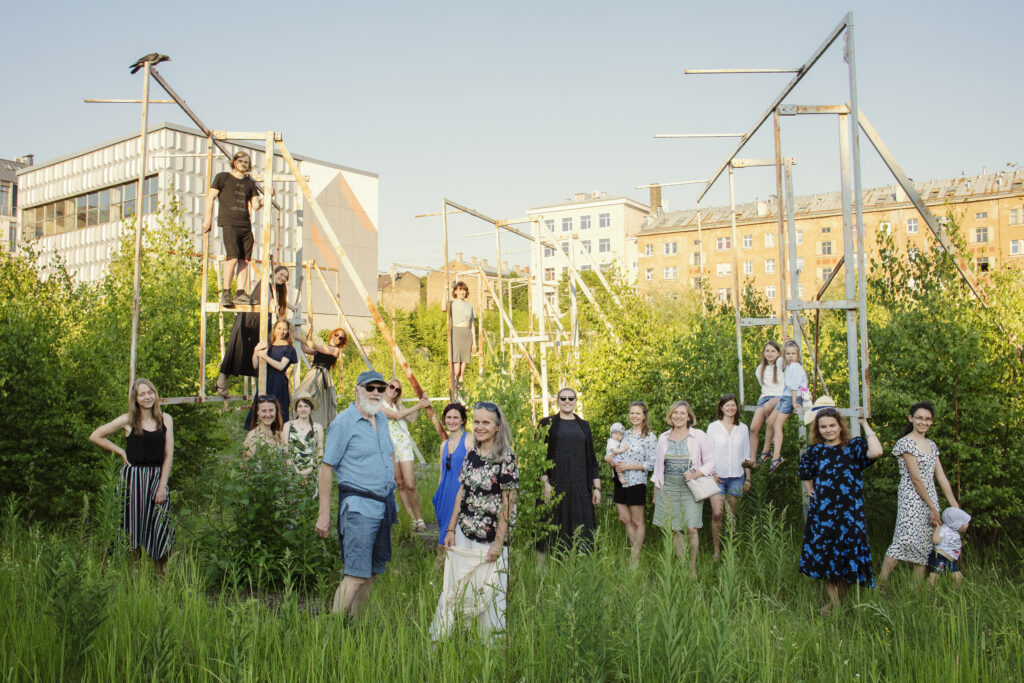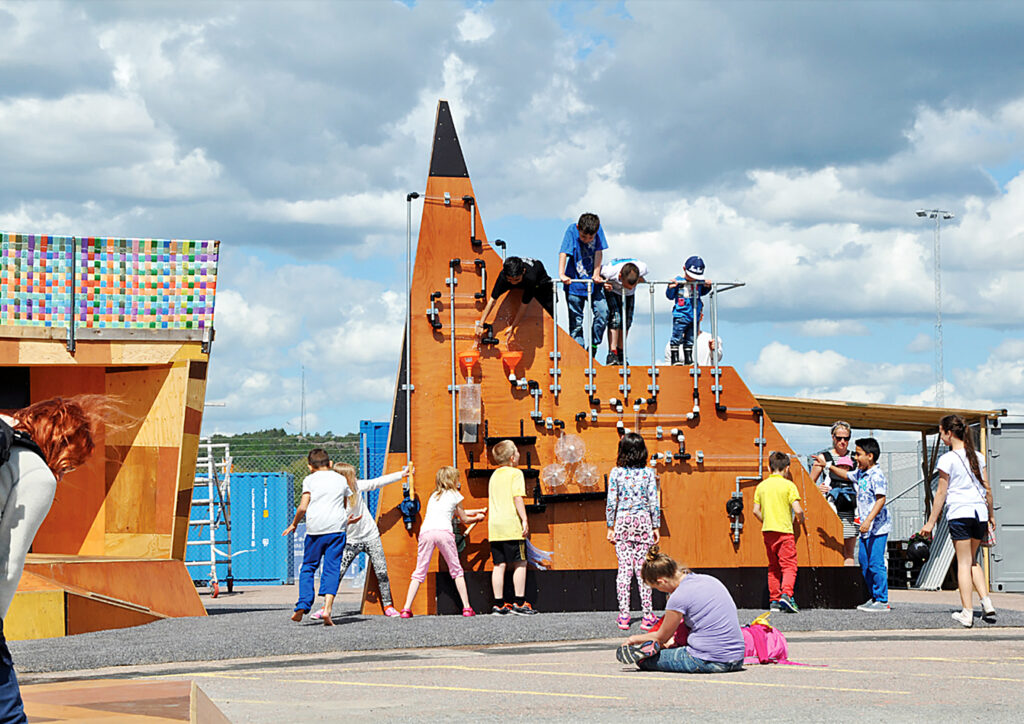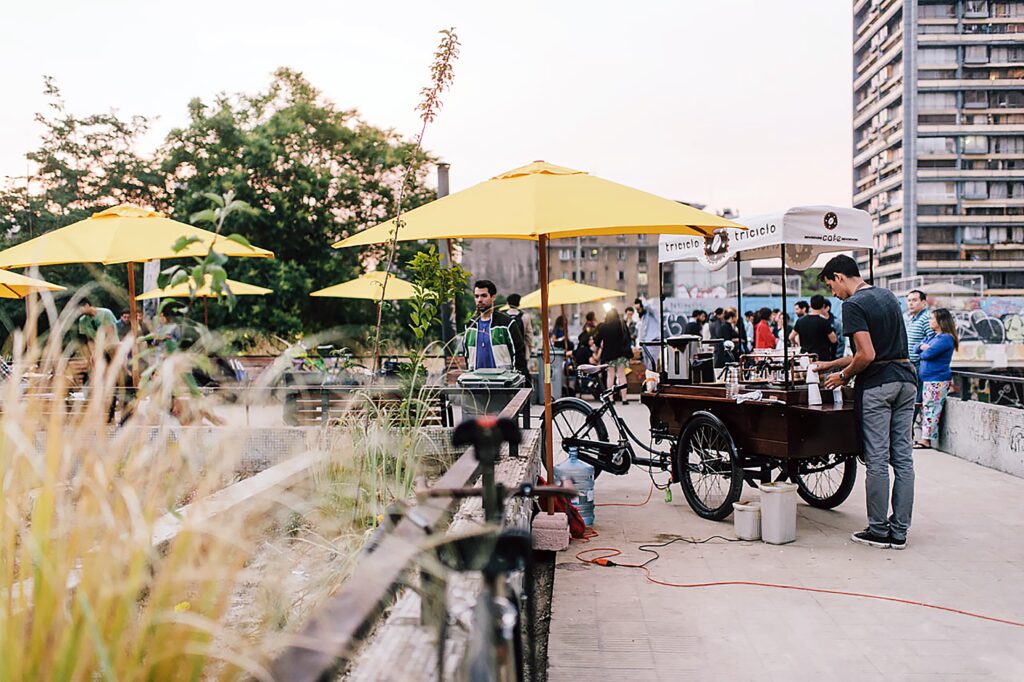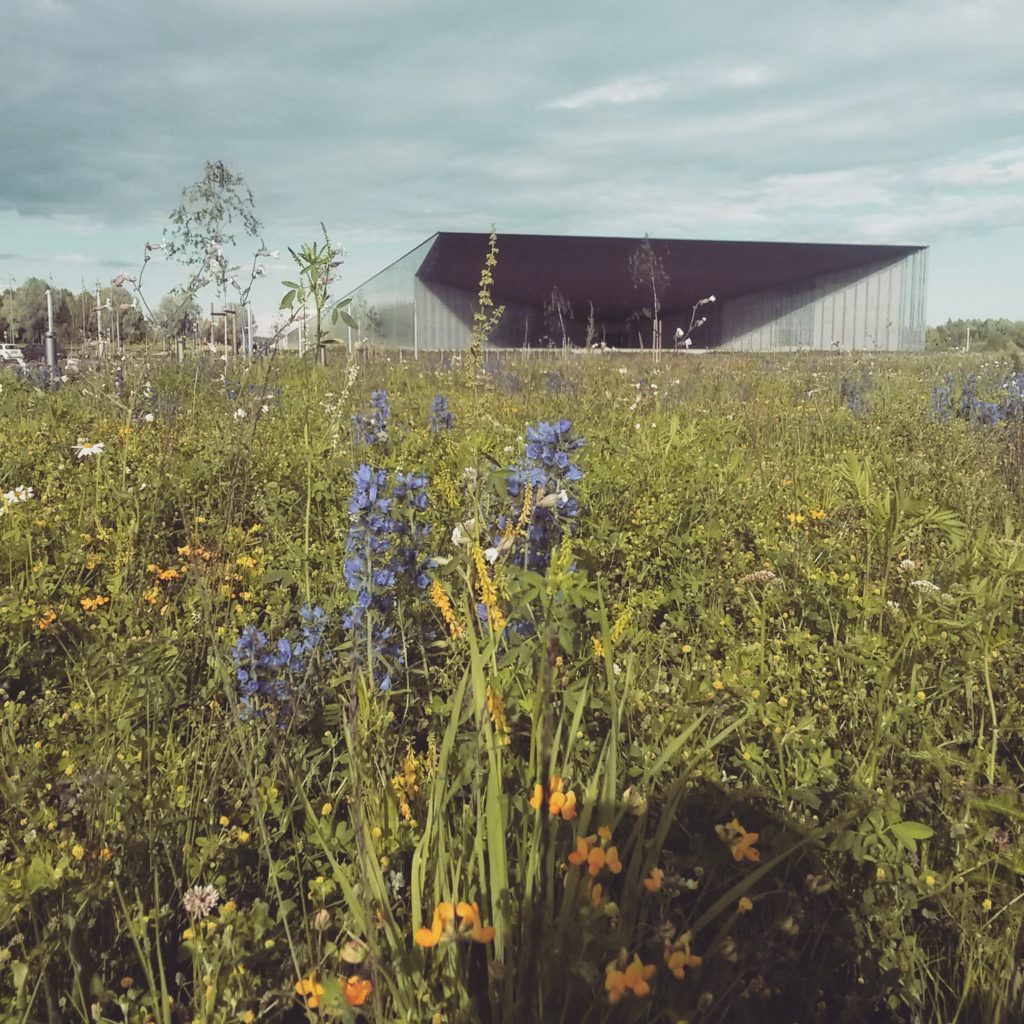(LINNA)MAASTIK
Infrastructure qua base structure underlies or serves the superstructure. Superstructure must take into account the load-bearing capacity of the base and must not exceed it. The variety of connections and dependencies gives rise to sustainable and resilient bio- diversity, whereas simplifying it makes life vulnerable.
Jurga Daubaraitė, Egija Inzule and Jonas Žukauskas initiated Neringa Forest Architecture in Nida, Lithuania. They write about their work around a Baltic forest as a constructed space, an infrastructure, an environment reliant on human actions.
A vast majority of Estonians today live in cities and can only dream of such biodiversity that dominates in Kristiina Hellström’s garden and its surroundings. Nevertheless, she is writing about it with the hope that recent country house owners could benefit from her experience.
A weed is a plant considered unwanted in human-controlled settings, such as farm fields, gardens, lawns, and parks. The derogatory term ‘weed’ is also applied to any plant that grows or reproduces aggressively or is invasive outside its native habitat. Invasive species are largely a consequence of human activity: plants and seeds brought by people on purpose or by accident to an area, where they might not have natural competitors and thus will grow unstoppably.
We are discussing landscape architecture with Helēna Gūtmane, Mark Geldof and Ilze Rukšāne online although I initially planned to go there and visit their works together with the authors. In addition to Helēna, Ilze and Mark, also the senior landscape architects Indra Ozoliņa, Mētra Augškāpa and landscape architect Sendija Adītāja joined our discussion around the table (and behind the screen).
Gothenburg's Jubileumsparken is being designed with an open mind and all changes are welcomed with open arms: it is still unclear what kind of spatial disruptions will be implemented and where these manipulations will come into play. This depends on the parties involved and their reactions to the process.
A story of ruptures and their appropriation.
Is EV100 Great Public Space programme revealing or creating the uniqueness of small towns?
The ELME project of the Environment Agency deals with mapping of ecosystem services and develops innovative methods for collecting and displaying information about biodiversity.
Developing community gardening helps to improve the ecological, social and financial situation of the urban environment. Estonia still has the tenacity and skills to grow food under power lines and in other urban wastelands, so let's treasure these skills and people who have the know-how to use them in public space!
Postitused otsas
ARCHITECTURE AWARDS


